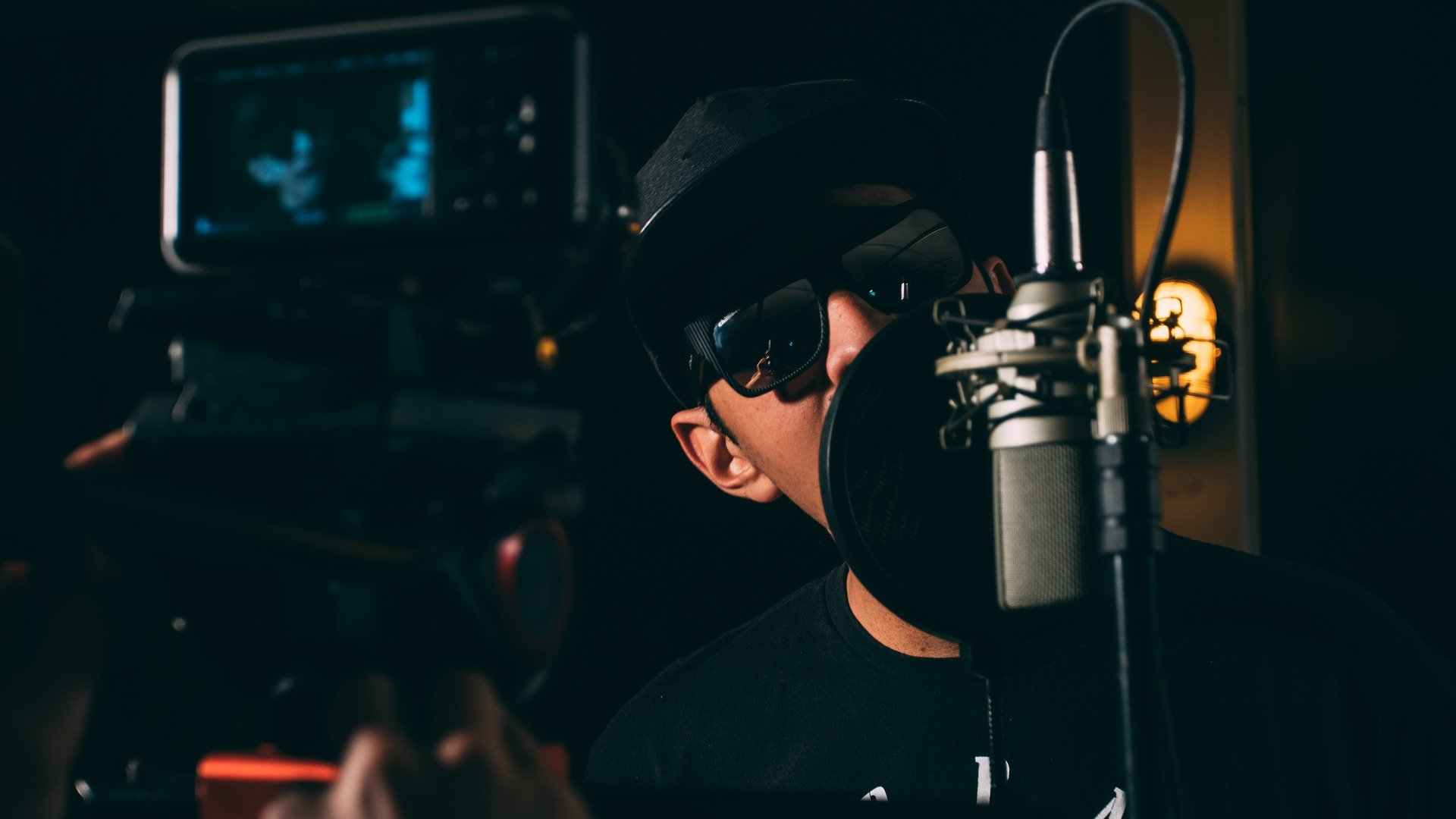You have probably heard disembodied voices in all kinds of media, from Pixar animated movies to on-hold messages and even television commercials. You might not have thought about it, but these are all examples of voice over (VO). A voice over is a short audio file that is added to existing dialogue or other audio in a film, video game, or on the radio. VO can also be used to create original audio for media such as podcasts and internet video.
The earliest examples of voice acting date back to the early 20th century when Reginald Fessenden, a Canadian inventor, recorded the first voice over for the United States Weather Bureau in 1900. Since then, voice over has become an essential component in filmmaking and a huge part of our everyday lives as well. In addition to voicing commercials, films, and video games, a professional voice over actor can also be hired to read for animated characters or for the narration of books, podcasts, and audiobooks.
Developing a voice that can perform all of these different types of work requires time and practice with professional guidance. To start, find your niche: what are you most passionate about? Whether you want to voice cartoons, video games, commercials, or narrative projects, you need to hone in on what type of work suits your vocal skills. This will help you to focus your efforts and make the most of your auditioning time, as you won’t be wasting it by trying to get work in something that isn’t a good fit.
You should also begin building a portfolio by recording a few demo spots that showcase your strongest voice over skills. This is a key step, and should be done before you attempt to find representation. A good way to do this is by requesting a demo reel from a voice over agency, or simply by searching online for a “voice over agent” in your area.
One of the most important aspects of voice over is reading and understanding the copy before you record it. To do this, you should practice on a regular basis, either by reading the text out loud by yourself or with a friend, or by apprenticing under an established voice over artist. This will allow you to overcome any inhibitions you might have, which are often a barrier to great performances.
When you record your demo, make sure you have a high-quality microphone and sound recording software like ProTools, Adobe Audition or Audactiy. Using your smartphone for this can result in an audio quality that is too muffled to be considered a professional voice over. You should also be mindful of your audio levels, aiming for an average of -6 decibels. This will ensure that your voice overs are clearly understood and don’t interfere with other audio on the recording.
Finally, you’ll need to have a website and social media presence, as this is where the majority of work for voice actors comes from today. You should also sign up for an account with a reputable voice over marketplace such as Voices, which will allow you to upload a profile that showcases your abilities and helps clients find you.
